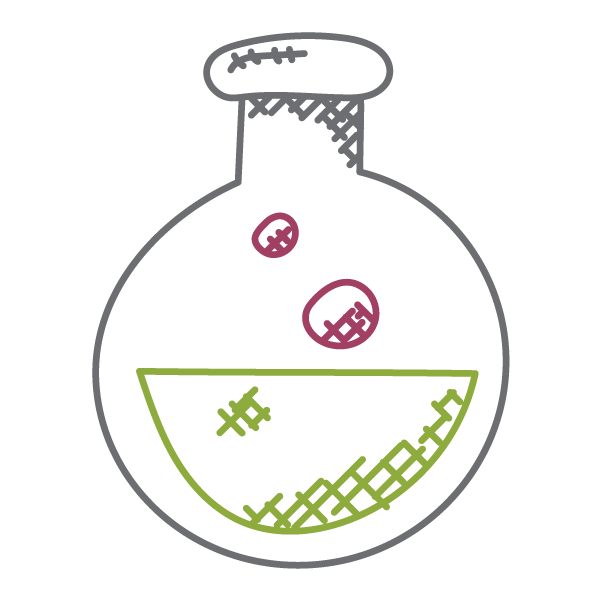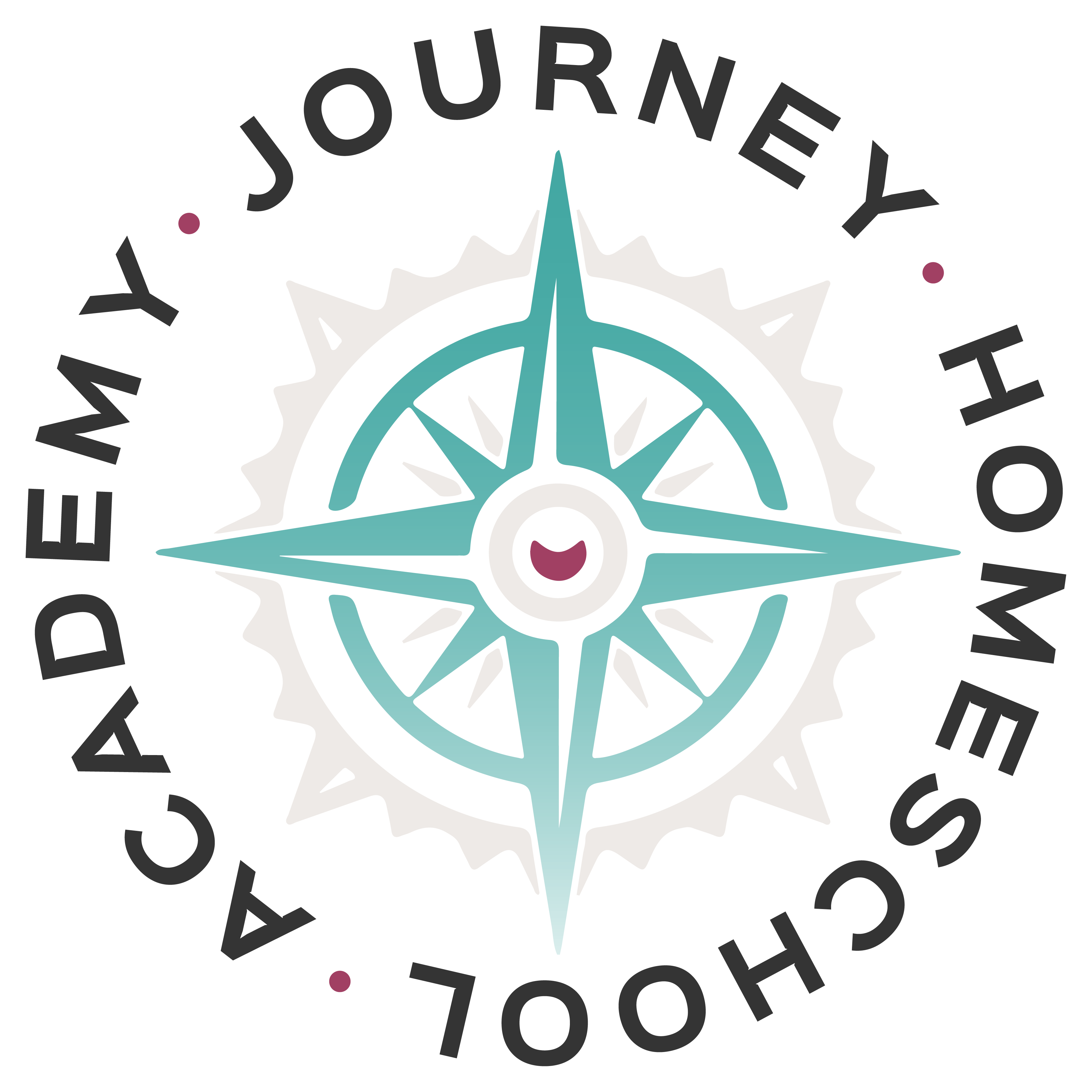
Lab Supplies for Experience Chemistry
For any family looking for a robust chemistry course, hands-on lab assignments are a must—and this involves purchasing supplies.
While most students’ favorite part of chemistry is the labs, it’s not essential that students complete all of the labs. We recommend parents have students complete a minimum of the first lab plus 14 more labs (a total of 15 labs).
Where to Buy Supplies?
1. Purchase the Experience Chemistry Custom Lab Kit:
Cornerstone Educational Supplies has created a lab kit for those who would like to complete all of the labs. We recommend students complete 15 of the 26 labs in the lab book that accompany this course. However, if you would like to do all or most of the labs, this is the most economical way to purchase the specialty lab supplies.
2. Purchase supplies a la carte:
Most families won’t complete all of the labs. For those who will be picking and choosing which labs or want to purchase just a few supplies at a time, use the links in the list below to purchase items a la carte from Home Science Tools.
Lab Supplies on a Budget
We understand the budget constraints of many homeschoolers — purchasing curriculum and supplies often for multiple children can be pricey! We recommend your students plan to watch all of the lab videos and complete at least 15 labs for high school credit. So how can you make this work on a tight budget?
First, we’d recommend you choose the labs to complete that only require easily obtainable lab supplies and supplies you can probably find around your house (such as the lab for lesson 5).
We also provide supplemental lab demonstration videos to go along with some of the labs in this course — particularly labs that require a number of chemicals that may be cost prohibitive for some families to purchase (such as lesson 6 and 7’s lab). While we consider this a distant second best to your students completing the labs themselves, we want to give an option to families who want to have their students participate in these labs and write the lab reports but are not able to obtain the necessary supplies.
Canadian Families
Please see this page for a special note on sourcing lab supplies.
Lab Supplies Listed by Lesson
Below is a list of lab supplies needed for each lesson. Alternatively, you can see the complete list of special lab supplies that will need to be ordered from a supplier and household supplies here.
Lesson 1: Reaction in a Bag, Part 1
- Goggles
- Gloves
- Apron
- Plastic mat
- Scale (or this option)
- Weigh boats or weigh paper
- Pipettes (2)
- Scoop
- Quart-sized Ziploc bag
- 50 mL graduated cylinder
- 5.0 grams sodium bicarbonate (baking soda)
- 15.0 grams calcium chloride
- 20 mL water
Lesson 2: Conversion Olympics
- Comfortable clothes
- Meter stick or measuring tape
- An area to kick and throw a ball
- Ball
- Water balloons
- Frisbee
- Chalk
- Timer
Lesson 3: Accuracy & Precision in Experiments
- ¼ cup (dry measuring)
- ¼ cup (liquid measuring)
- 1 tablespoon measuring spoon
- 100 or 150 mL graduated cylinder
- 100 or 150 mL beaker
- Erlenmeyer flask (100 or 150 mL)
- Scale
- Weigh boats or weigh paper
- Permanent marker
- Butter knife (or similar tool)
- Sodium bicarbonate (baking soda)
- Acetic acid (white vinegar)
- Sodium chloride (table salt)
- Sucrose (table sugar)
- Water
Lesson 4: Reaction in a Bag, Part 2
- Goggles
- Gloves
- Scale
- Weigh boats or weigh paper
- Pipette
- Scoop
- Quart-sized Ziploc bag
- Sodium bicarbonate (baking soda)
- Calcium chloride
- Phenol red
- 50 mL graduated cylinder
- Small plastic cup
Lesson 5: Separation Experiment
- 12 cups water
- 6 clear glasses or Mason jars
- Pot
- Funnel
- 6 tablespoons apple cider vinegar
- 6 tablespoons flour
- 6 tablespoons rosemary
- 6 tablespoons salt
- 6 tablespoons sand
- 6 tablespoons sugar
Lesson 6: Metal Reactivity Test
- 20 mL cold distilled water
- 20 mL of 1% phenolphthalein
- 0.5 g magnesium ribbon
- 0.5 g calcium turnings
- 20 mL test tubes (x2)
- Test tube clamp
- Test tube rack
- Forceps
- Goggles
- Gloves
- Apron
- Scale
- 50 mL graduated cylinder
Lesson 7: Colorful Flames & Excited Electrons
- 6 inch cotton swabs
- 100 mL water in a beaker
- Empty waste beaker
- Candle
- Lighter or matches
- 6 weigh boats
- Calcium chloride
- Copper chloride
- Lithium chloride
- Potassium chloride
- Sodium chloride (table salt)
- Strontium chloride
Lesson 8: Exam 1 (NO LAB)
Lesson 9: Exploring the Shapes of Molecules
- Molecular model kit that includes a minimum of 3 oxygen, 4 halogen, 1 carbon, 3 hydrogen, 1 phosphorus, 1 nitrogen, 4 links for single bonds, and 4 links for double bonds
Lesson 10: Mole ID
- Lithium chloride
-
Copper (II) chloride
-
Calcium chloride
-
Sodium chloride (table salt)
-
Strontium chloride
-
Weigh boats
-
Scale
Lesson 11: NO LAB
Lesson 12: Empirical Formulas
- 15 cm magnesium ribbon
- Forceps
-
Scale
- Small mason jar with lid
- Long-nose lighter
Lesson 13: Balancing Equations
- Colored pencils
- M&Ms— five colors, 20 of each color
Lesson 14: Types of Chemical Reactions
- Disposable pipettes
- Test tubes (3)
- Small beakers (2)
- 50 mL graduated cylinder
- Glass funnel (optional)
- 30 mL of 30% hydrogen peroxide
- 0.75 oz packet active dry yeast
- 150 mL Erlenmeyer flask
- Flat surface with edges (pie tin or baking dish work well)
- Liquid dish soap
- Food coloring (optional)
- Penny
- 0.25 g silver nitrate
- Small piece of magnesium ribbon
- 10 mL hydrochloric acid
- 1 g iron (III) chloride
- 2.5 g sodium hydroxide
- 1 g copper (II) chloride
- 0.5 g sodium phosphate
Lesson 15: Exam 2 (NO LAB)
Lesson 16: Mass Relationships in Chemical Reactions Lab
-
1 g sodium bicarbonate (baking soda)
-
50 mL 1M hydrochloric acid
-
Hot plate (or pan with boiling water)
- Disposable Pipette
- 50 or 100 mL beaker
Lesson 17: NO LAB
Lesson 18: Changes of State of Water
- Source of heat (stovetop)
- Thermometer
- Plastic container
- Pot
- Water
Lesson 19: Gases, Temperature, and Pressure Lab
- 150 mL Erlenmeyer flask
- Stopper with hole (to fit the mouth of the flask)
- Glass or plastic tube (to fit in the hole in the stopper)
- Jar or beaker with water
- Crayon or marker
- Ring stand and ring clamp
- Lighter
Lesson 20: Airbag Stoichiometry
- Ziploc bag (any size)
- Baking soda
- White vinegar
- Graduated cylinder
- Water
Lesson 21: No Lab
Lesson 22: Solubility
- Spot plate
- Sodium carbonate
- Disposable pipettes
- Silver nitrate
- Calcium chloride
- Sodium hydroxide
- Iron (III) chloride
- Sodium phosphate
Lesson 23: Properties of Acids & Bases
- Sulfuric acid
- Acetic acid (white vinegar)
- pH paper
- Red litmus paper
- Blue litmus paper
- Bromothymol blue
- Sodium hydroxide
- Spot plate
- Phenolphthalein
- Disposable pipettes
Lesson 24: Micro-Titration
Lesson 25: Exam 3 (No Lab)
Lesson 26: Temperature and Reactions
- 3 test tubes
- 3 beakers or small glass dishes test tubes can stand up in
- 3 g active dry yeast
- 3 g sugar
- 3 latex balloons
- Water
- Ice
Lesson 27: Entropy
- Dominoes or playing cards
Lesson 28: Effect of a Catalyst on Reaction Rates
- Dish soap
- 3% hydrogen peroxide (no more than one year old)
- Disposable pipette
- Test tube
- Scoop
- Manganese(IV) oxide
- Toothpick
- Lighter or match
Lesson 29: Exploring Equilibrium with Straws
- 2 – 50 mL graduated cylinder
- 1 regular-width straw
- 2 large-width straws
- Tap water
- Food coloring (optional)
Lesson 30: No Lab
Lesson 31: Exploring Redox Reductions
Lesson 32: Electrochemistry
- Beaker
- Test tube
- 2 Carbon rods
- Wire
- 6V battery
- Baking soda
- Match
Lesson 33: No Lab
Lesson 34: Isotopes Half-Lives
- 100 M&Ms
(Alternatively 100 puzzle pieces, 100 pennies, or 100 of any small object that has two distinct sides) - Cup, Ziploc bag, or any container to fit the M&Ms
- Table or flat surface
Lesson 35: Exam 4 (No Lab)

